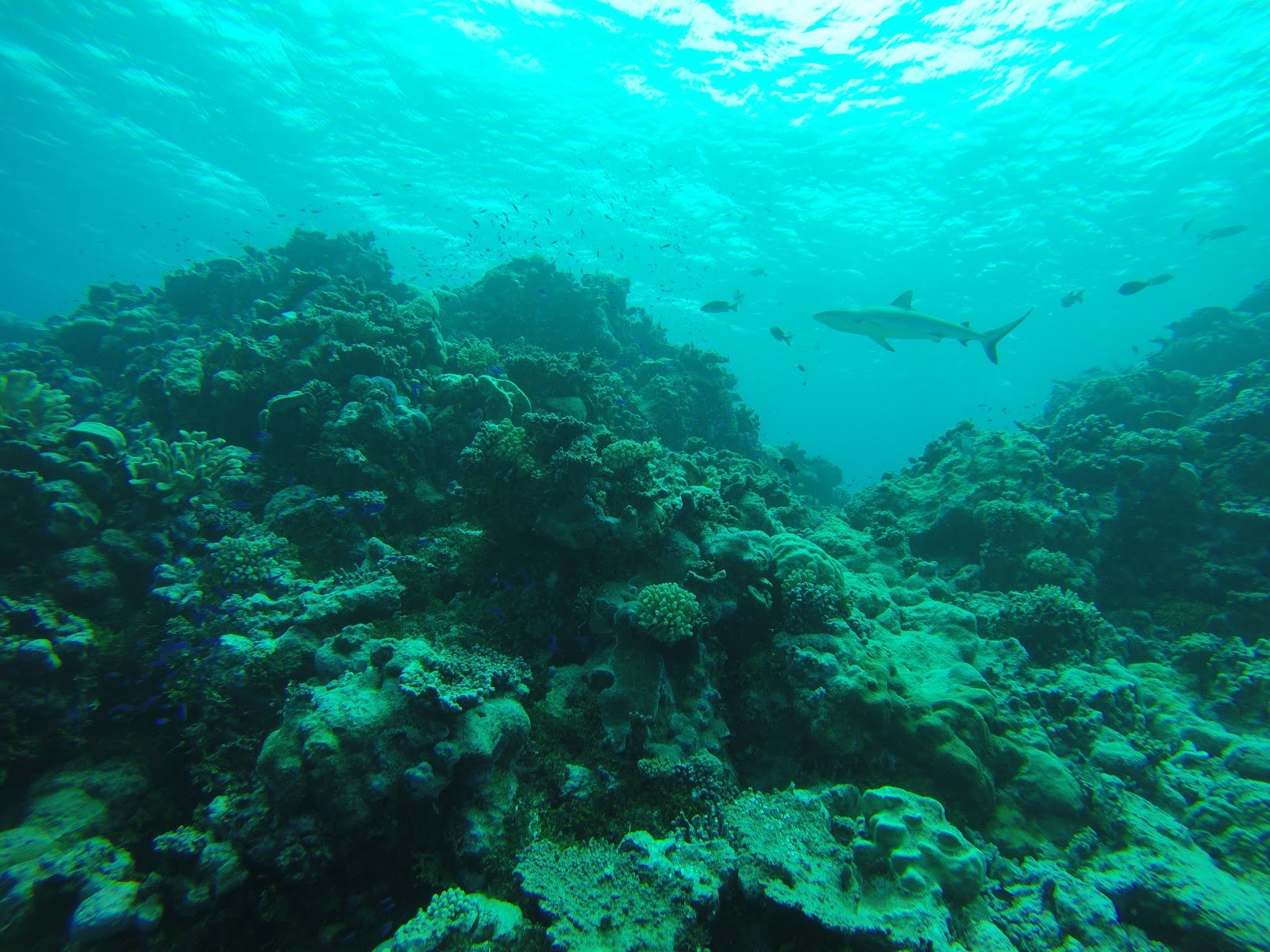Bikini Atoll, the site of 23 nuclear tests from 1946 to 1958, may now also be known as the place of the discovery of new insights into how other species prevent cancer. When Harold A. Miller professor of marine science and director of Hopkins Marine Station Stephen Palumbi and Ph.D candidate in Biology Elora López went to the still radioactive island in May 2016, they found large corals three to four meters wide, leading them to estimate that they began growing just after nuclear testing in an extremely radioactive environment, yet somehow remained healthy without any signs of being cancerous.
Further testing in the lab may show how the corals were able to ward off cancer, and this information could provide insight into cancer treatment for humans. Palumbi and López suspect that the corals’ ability to thrive is based on a strong DNA repair mechanism. As of yet, it is uncertain whether the results will impact cancer treatments, but Palumbi believes that it’s worth looking further into the organism’s DNA repair system.

“If you have a group of organisms that is a lot better at keeping their DNA from suffering mutations and somehow has turned itself to be able to be much more accurate about replicating the DNA without including errors, then perhaps that will tell us something about the kinds of reasons why our own cells seem to allow those kinds of errors to happen,” Palumbi said.
It is unknown whether or not the mechanisms the corals use to repair and preserve their DNA are mechanisms that can be applied to humans, but it is possible that it could. López says that what suggests that corals have better DNA repair mechanisms is that they are able to grow to large sizes and live for a long time without many of the complications that other long-living organisms face.
“Maybe they have better DNA repair mechanisms than humans do,” López said, “Or maybe they have some other mechanism of being able to maintain their genome even after lots of replications, or even when they’re exposed to this nuclear radiation, and that may yield insights into therapies for cancer or other things in the future.”

Along with studying the corals, López, Palumbi and Palumbi’s daughter Lauren “Razz” Palumbi ’10 measured the symmetry of the radioactive coconut crabs on the island. As their name suggests, the crabs feast on the island’s coconuts, which have been contaminated with caesium-137. After the bombs were dropped, the soil and everything that grew in it, such as the coconut trees, became contaminated. The research team was looking to see if there were any physical manifestations of the crab’s exposure to radioactivity.
Past research has shown that mutations in DNA such as those caused by radiation manifest themselves in asymmetry of creatures (such as the coconut crab) that usually exhibit bilateral symmetry. When this symmetry is off, it can be an indicator of DNA mutations. To test for these mutations, they took what professor Palumbi calls bilateral samples.
“We took samples of DNA that were from two legs,” he said. “One leg on the left side and then its matched leg on the right side.”
With the samples, López was able to show that while the symmetry wasn’t that off, there is a difference in handedness in the Bikini crabs. The larger claw of the Bikini crabs is opposite of those that they tested earlier in the American Samoa. What this could mean is still unknown.
According to the researchers, the process of collecting the samples required substantial amounts of planning.
“[We had to think about] how do you get your measurements, what’s the most efficient way to control the claws while still allowing the researchers to get the data, and then what’s the protocol for release,” Razz said. “Those are all things that you kind of don’t think about until you’re sitting right there with a coconut crab in front of you being like ‘How do I grab this sharp thing and flip it over and take photos and not get anyone’s hands caught in the crazy claws?’”
While helping with research, Razz, a musician, also filmed a cover of “Crossroads,” which expresses her views on the bombings at Bikini Atoll.
The meaning of the coral and crab samples are still unknown, but they may yield further insights into how animals react under extreme radiation and what measures can be taken to prevent cancer.
Contact ZaZu Lippert at zazulippert ‘at’ gmail.com.
